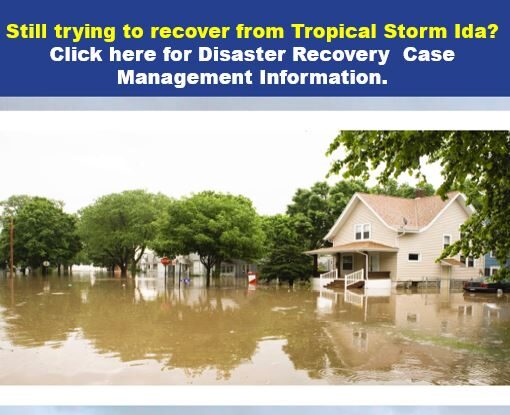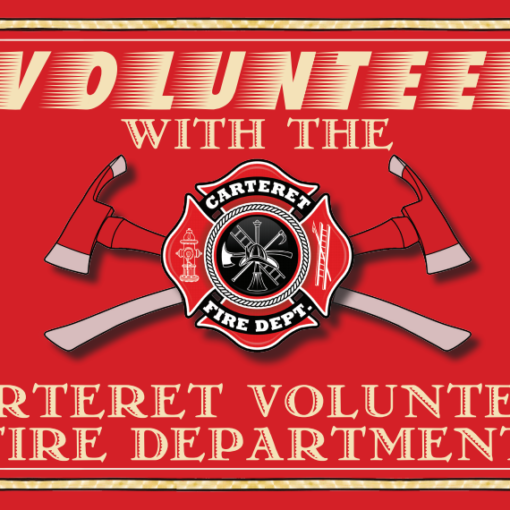Carteret, NJ – On March 31, Mayor Reiman welcomed FMBA Local #67, Carteret EMS, and Carteret seniors to the Borough’s Community Center for a special breakfast and fire safety workshop. The first such event in Carteret offered senior residents the opportunity to learn more about fire safety and prevention, and to heighten awareness for those who are most prone to household accidents and emergencies involving fire.
Career firefighter and FMBA President Mark Hruska stated, “the effect of various physical and cognitive impairments, particularly those resulting from prescription medications, can have a significant impact on the risk of fires that result in injuries and fatalities to older citizens.”
The multimedia presentation featured a range of statistics emphasizing the vulnerability of senior residents, who represent a considerable and growing portion of the American population;
- According to the U.S. Census Bureau, four percent of the population in 1900 were adults age 65 years and older
- By 2000, older adults made up 12 percent of the U.S. population and exceeded 35 million persons
- Our senior population is anticipated to double with more than 85 million, or 21 percent of the national census by 2050.
- Approximately half of older Americans were between 65 and 74, with one-third between 75 and 84 and one-sixth over 85 in 2000. This oldest grouping age 85 and older is the most rapidly increasing age group among seniors.
- By 2050, the oldest seniors will number more than 20 million, or 24 percent of the over age 65 population.
- Seniors over the age of 65 experience a fire death rate nearly twice the national average for that age group; the rate of fatalities for seniors over 75 years of age jumps to three times the national average.
- In the U.S., between the years 1999-2002, persons age 65 and older sustained 27 percent of all civilian fire deaths while comprising only 12 percent of the total U.S. population. Seniors age 75 and older sustained 16 percent of the civilian fire deaths despite comprising only 6 percent of the population.
- Over the past 22 years (1980–2002) the percentage of the elderly perishing in fires has remained constant at 23 percent. This emphasizes the need, as a society, to aggressively address the issue of home fires among the elderly.
Carteret firefighter specialists and Emergency Medical technicians stressed that the likelihood of sensory impairments increase as people age;
Smell – by age 60, 30 percent of individuals have some impairment in their sense of smell; by age 80 this impairment affects more than 60 percent of seniors. A sense of smell can be helpful in detecting fire during waking hours. The smell of “something burning” often leads to the discovery of a fire, a potential fire or a stove or oven left on after cooking has concluded.
Touch – Skin changes associated with aging decrease the sense of touch. The ability to feel whether something is hot, such as an appliance overheating, can trigger a quick reaction to prevent a fire. The natural thinning of the skin’s outer layer increases the risk for burns and increases their severity. Older skin can take up to four times longer to heal than the skin of a younger person. Also, because older adults frequently feel cold, they may seek economical ways
of adding more heat to their environment through the use of space heaters etc. which pose an increased fire risk.
Vision – 18 percent of older Americans suffer from eye impairments. Vision impairments decrease the ability to see fires, falling candles or fallen cigarettes. This also hampers the ability to find doors and escape routes in a fire. The most typical changes to the eye caused by aging are: loss of focus, declining color sensitivity, and a need for more light. There is a limit to vision correction with glasses. Finding and wearing glasses can be a problem especially when awakened at night in an emergency situation.
Hearing – The prevalence of hearing impairments increases with age. Thirty percent of adults age 65 to 74 have a hearing impairment but by age 85, 60 percent are affected. The inability to hear a smoke alarm or other warning sounds of fire places the older adult at great risk. Preliminary research indicates that older adults have difficulty being awakened from sleep by the standard home smoke detector, especially those emitting a constant, unwavering signal.
Fifteen percent of men and 11 percent of women had some form of moderate to severe memory impairment. Because these conditions affect reasoning, short and long term memory, and executive functions, these individuals are at substantial risk of injury or death from fire.
These impairments hamper the ability of older adults to respond to fires and to escape burning structures. Nationally, only 49 percent of households with an older person with impaired mobility have made modifications to increase the home’s safety or accessibility. The lack of such modification creates additional barriers for the disabled senior to exit the home safely in a fire.
Representatives from Carteret emergency services provided practical information to better enable seniors to safeguard themselves against household fires, including fire alarm installation tips, safe use of heating, lighting, and appliances, and information on the fire-related risks of alcohol and tobacco use.
“Our seniors represent our most vulnerable residents to household emergencies involving fire,” Mayor Reiman added. “These representatives from FMBA 67 and our various emergency service departments are to be commended for expanding the range of fire prevention programs and services available to residents, and the tools and knowledge they share with local seniors.”




